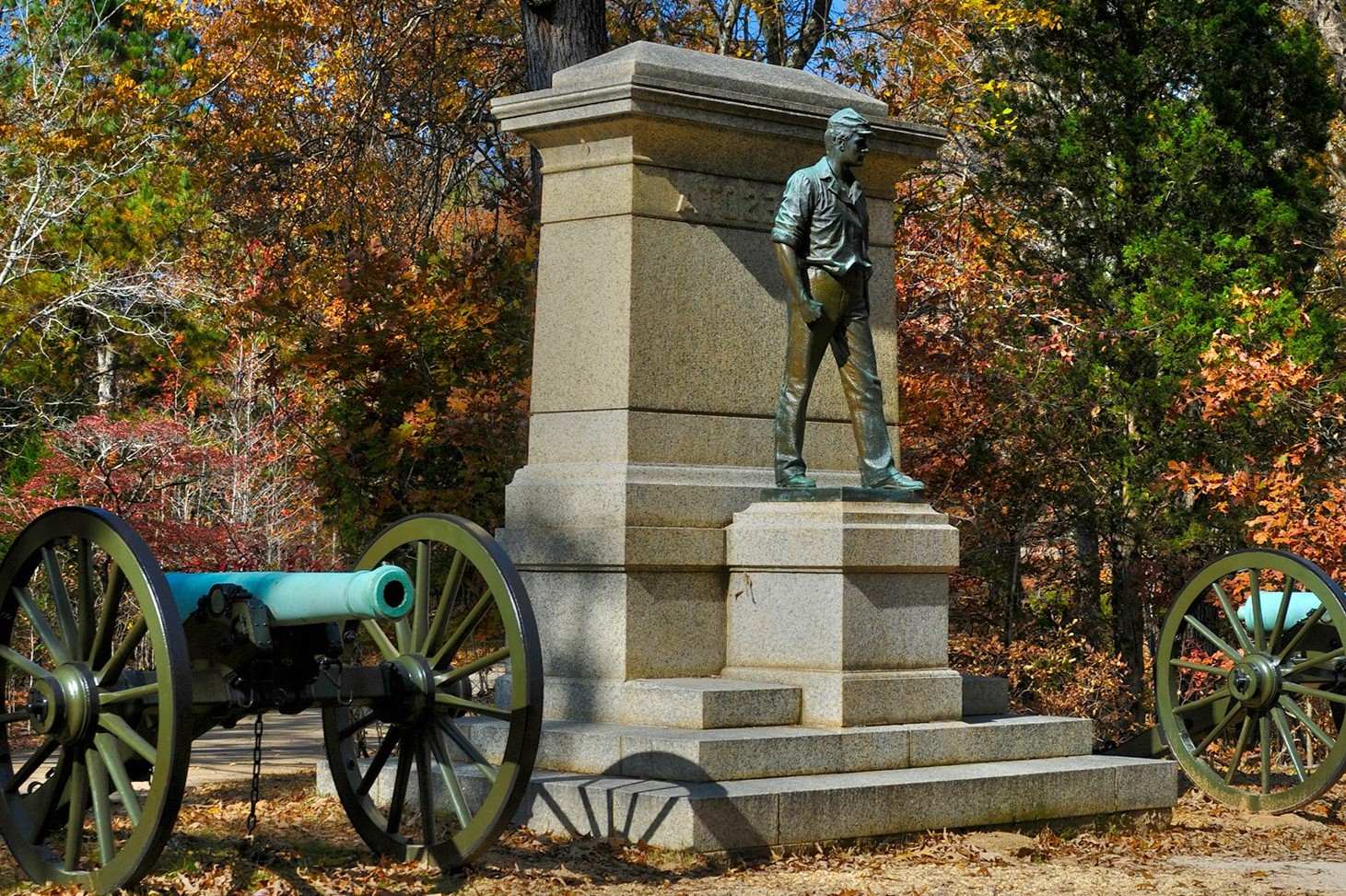Hidden Stories Of Tennessee’s Shiloh Battlefields

Tennessee's Shiloh Battlefields hold stories from a pivotal Civil War clash. This site, nestled in the state's lush landscape, witnessed fierce fighting in April 1862. Soldiers from both sides faced off in a brutal two-day battle, leaving behind tales of bravery and tragedy. Today, visitors can walk these grounds, imagining the sounds of cannon fire and the cries of soldiers. The park preserves history, offering a glimpse into the past with its monuments and markers. Exploring Shiloh means stepping back in time, where each path tells a story of courage and sacrifice. Whether you're a history buff or just curious, Shiloh offers a chance to connect with a significant moment in American history.
Discovering Shiloh's Hidden Stories
Shiloh, Tennessee, is more than just a battlefield. It's a place where history whispers through the trees and stories linger in the air. Let's uncover some of these hidden tales.
The Bloody Pond
- The Bloody Pond is a haunting reminder of the fierce battle that took place here. Soldiers from both sides sought water to quench their thirst and wash their wounds. The pond turned red from the blood of the fallen, creating a chilling scene that still echoes today.
The Hornet's Nest
- The Hornet's Nest was a key position during the Battle of Shiloh. Union soldiers held this ground against repeated Confederate attacks. The intense fighting here was likened to the buzzing of angry hornets, giving this spot its ominous name.
The Sunken Road
- The Sunken Road played a crucial role in the battle's outcome. This natural trench provided cover for Union troops, allowing them to hold their ground against Confederate forces. Walking along this path, you can almost hear the echoes of gunfire and the shouts of soldiers.
Shiloh Church
- Shiloh Church is where the battle began. This small log church became a focal point for the conflict. Today, it stands as a symbol of the area's rich history and the resilience of those who fought here.
The Peach Orchard
- The Peach Orchard witnessed some of the fiercest fighting during the battle. The sweet scent of peach blossoms mixed with the acrid smell of gunpowder, creating a surreal atmosphere. This site reminds visitors of the beauty and brutality of war.
Pittsburg Landing
- Pittsburg Landing served as a critical supply point for Union forces. The Tennessee River provided a lifeline for troops, bringing reinforcements and supplies. This landing was pivotal in turning the tide of the battle.
The Indian Mounds
- The Indian Mounds predate the Civil War by centuries. These ancient earthworks are a testament to the Native American presence in the area long before the battle. They add another layer to Shiloh's rich tapestry of history.
The National Cemetery
- The National Cemetery is the final resting place for many soldiers who fought at Shiloh. Walking among the rows of headstones, visitors can reflect on the sacrifices made by those who gave their lives for their cause.
Discovering Shiloh's Legacy
Shiloh's battlefields hold more than just historical significance. They offer a glimpse into the past, where bravery and sacrifice shaped the future. Walking through Shiloh National Military Park, visitors can almost hear the echoes of soldiers and feel the weight of history. Each monument and marker tells a story, reminding us of the Civil War's impact on the nation. Exploring these grounds, one gains a deeper appreciation for the struggles faced by those who fought. The park's serene beauty contrasts with the fierce battles once fought there, creating a space for reflection. Whether you're a history buff or just curious, Shiloh offers a chance to connect with the past. It's a place where history comes alive, inviting everyone to learn and remember. Shiloh's legacy continues to inspire, reminding us of the resilience and courage that define our shared history.

